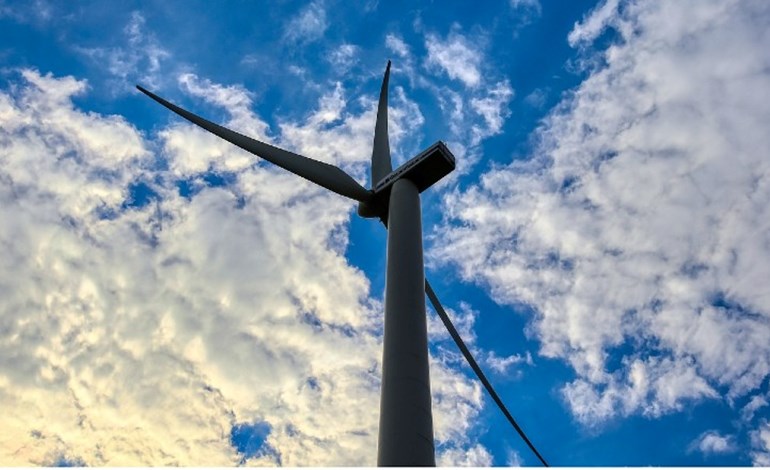The U.S. Department of Interior’s Bureau of Ocean Energy Management (BOEM) has announced the finalization of two floating offshore wind energy areas off the coast of Coos Bay and Brookings, bringing Oregon’s southern coast one step closer to harnessing wind energy resources. However, the announcement has triggered a range of responses from various stakeholders, including both excitement and concern.
The finalized areas cover approximately 195,000 acres, slightly less than initially proposed, and were selected following extensive feedback from federal government partners, state, tribal, and local residents. BOEM emphasized that the decision was made with a focus on reducing potential conflicts with ocean users, particularly in the commercial fishing sector.
See also: BOEM Initiates Environmental Review of 2430MW Offshore Wind Energy Project off Massachusetts
BOEM Director Elizabeth Klein highlighted the collaborative efforts between the federal agency and the State of Oregon in ensuring a transparent and inclusive offshore wind planning process. “We will continue to work closely with Tribal governments, federal and state government agencies, ocean users, coastal communities, and all interested stakeholders as we move forward with our environmental review,” Klein stated.
Oregon Governor Tina Kotek recognized the potential benefits of floating offshore wind for the state, including its role in meeting renewable energy goals and providing economic opportunities for coastal communities. However, concerns raised by the fishing industry and tribal communities persist.
Kotek reiterated the state’s commitment to developing a roadmap that prioritizes stakeholder engagement and addresses cultural, environmental, and marine impacts. “We will continue to promote active engagement with Tribal nations, local communities, and other ocean users in the state,” Kotek affirmed.
Meanwhile, the Confederated Tribes of Coos, Lower Umpqua, and Siuslaw Indians expressed disappointment with BOEM’s decision, citing concerns over the potential impacts on culturally significant viewpoints. Tribal council chair Brad Kneaper criticized BOEM’s engagement with the tribe, describing it as insufficient and calling for greater recognition of tribal concerns.
See also: US BOEM Launches Public Consultation on Offshore Wind Development in New York Bight
Similarly, Heather Mann, director of Midwater Trawlers Cooperative, voiced disappointment with the final wind energy areas, emphasizing the potential negative impact on Oregon’s seafood industry and coastal communities. Mann called for authentic engagement with BOEM and expressed concerns about the environmental consequences of offshore wind development in prime fishing grounds.
BOEM’s announcement initiates an environmental assessment of potential impacts, followed by a 30-day public comment period. The agency aims to ensure transparency and public participation throughout the process as it moves toward the potential lease of the designated areas to interested companies.

